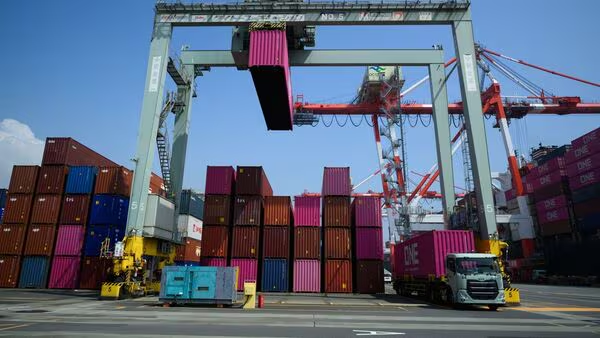In a landmark move to modernize India’s maritime legal framework, the Rajya Sabha passed the Bills of Lading, 2025 on the opening day of the Monsoon Session. The bill, introduced by Union Minister Sarbananda Sonowal, replaces the 169-year-old Indian Bills of Lading Act, 1856, a colonial-era statute that governed shipping documentation.
The legislation, already cleared by the Lok Sabha, now awaits Presidential assent to become law. Once enacted, it will usher in a simplified, globally aligned, and business-friendly framework for maritime trade.
What the New Bill Does
-
Modernizes language: Replaces archaic legal terms with clear, accessible phrasing
-
Streamlines rights & obligations: Clarifies roles for carriers, shippers, and consignees
-
Reduces litigation risks: Minimizes ambiguity in shipping documentation
-
Aligns with global norms: Incorporates principles from Hague-Visby and Rotterdam Rules
-
Empowers government: Enables the Centre to issue directives for implementation
-
Preserves continuity: Includes repeal and saving clauses to validate past actions
Why It Matters
Minister Sonowal called the bill a “watershed moment” for India’s maritime sector, emphasizing its role in boosting Ease of Doing Business (EODB) and strengthening India’s position in global trade. He invoked the vision of Viksit Bharat 2047, stating, “Whoever rules the waves, rules the world—it’s time India leads from the front.”
Concerns & Clarifications
During the debate, MPs raised concerns about Section 4(1), which allows a bill of lading to be valid even if goods haven’t been shipped—potentially opening doors to fraudulent trading. Sonowal clarified that electronic bills of lading would require separate legislation, as they are not mere digital replicas of physical documents.
Sources: The Hindu, MSN, Devdiscourse:, Maritime Gateway





